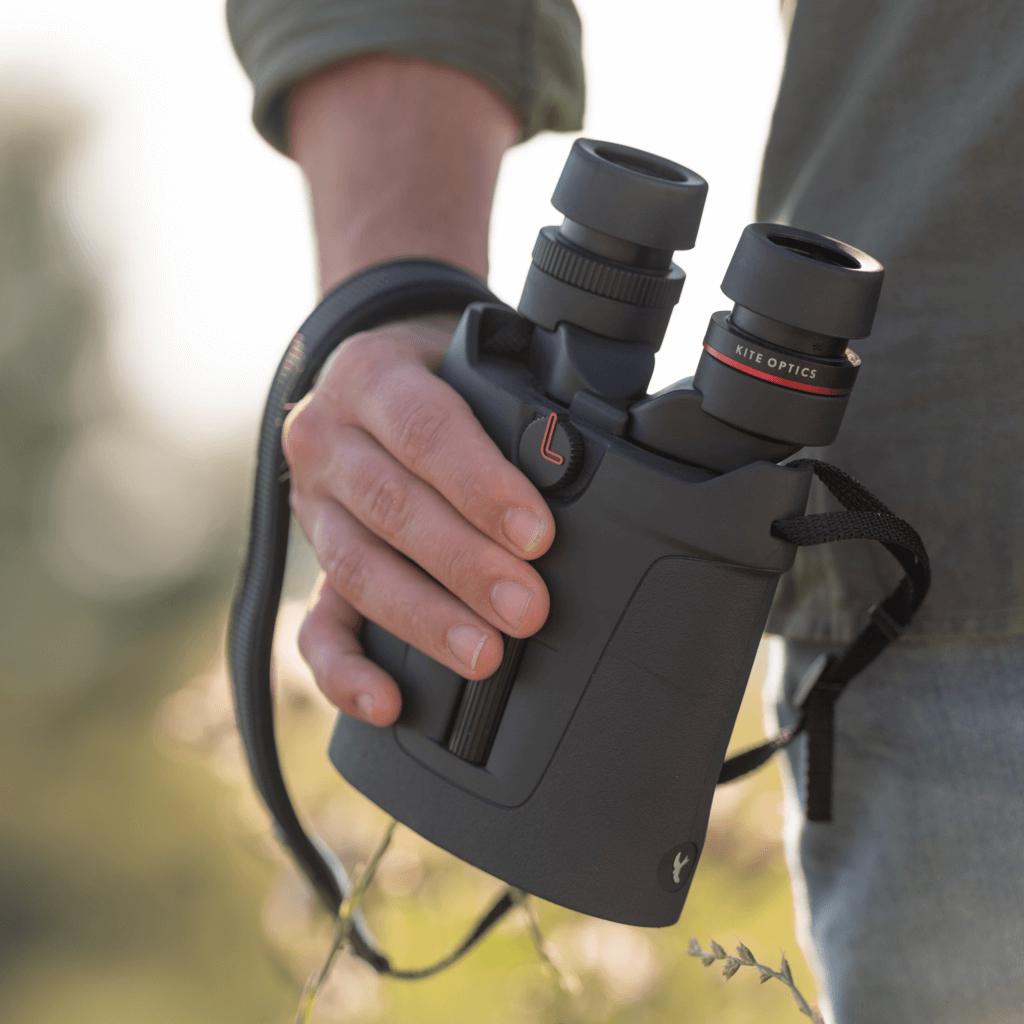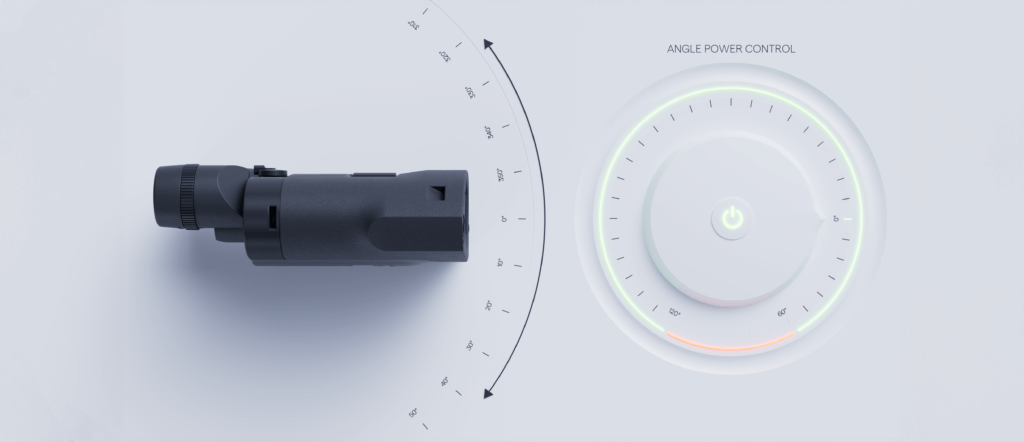stabilisation reinvented
Until 2019, image-stabilized binoculars relied on mechanisms involving lens shift or Porro prism correction using gyroscopes and electromotors. Both of these approaches resulted in large and heavy devices with limited battery life, often lacking full waterproofing. While the lens shift system can deliver precise stabilization, it has a restricted correction angle, meaning it can only effectively handle minor movements or vibrations. On the other hand, the Porro prism stabilizer offers a more extensive correction angle and can manage significant movements. However, due to the inherently large and heavy Porro prism, it requires sizable motors for control, which, in turn, often leads to a slow and wavy image quality and the ‘seasickness’ that some users experience when using image-stabilized binoculars, as well as relatively short battery life.
![shutterstock_1229428216-[Omgezet] Array](https://usa.kiteoptics.com/wp-content/uploads/2024/02/shutterstock_1229428216-Omgezet-e1709223166787.jpg)
In 2019, KITE OPTICS launches an image-stabilized binocular that applies stabilization to the high-performance and extremely compact roof prism found in modern binoculars today. A decade of study preceded this invention.
The placement of a roof prism in the optical path of a binocular, for instance, doesn’t allow stabilization through gyroscopes, as was the case with previous image-stabilized binoculars. Stabilization through gyroscopes can be likened to the damping of motion, much like the shock absorber of a car. However, a roof prism demands active control to function within the binocular’s optical path effectively. The innovation lies in a special gimbal suspension system (KDGS), where every moving and non-moving component is continuously assessed by an array of accelerometers. The movement of each component is dynamically adjusted by intelligent software, resulting in perfect harmony and balance.

The ability to create a binocular that achieves stabilization on the compact roof prism enables us to design image-stabilized binoculars that are just as compact and lightweight as today’s top-tier binoculars. What sets them apart is their unprecedented energy efficiency, requiring recharging or battery replacement only once or a few times a year. Above all, this breakthrough allows us to achieve a level of image stabilization performance that has never been seen before
The KDGS (Kite Dynamic Gimbal System) with its array of accelerometers, works in a perfect tandem with the KT software that controls the satbilization system. Both have been continually updated and improved by KITE OPTICS over the years, resulting in significant advancements in both software and mechanics. Each new device surpasses its predecessor, pushing the boundaries of stabilization performance closer to what we at KITE OPTICS consider the perfect balance in image stabilization. This balance encompasses the ability to eliminate both small and large movements from the image, adapt to user observation movements such as fast panning or scanning the sky and horizon, and, of course, the capability to hold the image steady on a stationary object. Executing all these actions seamlessly, without any glitches, delays, or vibrating and wavy motion in the image, demands the utmost precision and accuracy from the KDGS system and the KT software, guided by the KITE OPTICS algorithm, which controls ultra-precise voice coil actuators.
The unique APC (Automatic Power Control) mode found in most stabilized devices by KITE OPTICS takes energy efficiency to the next level. The sensors on the prism detect when you have the binoculars around your neck and are not actively observing, based on the angle at which the instrument is positioned. At this point, the electronics automatically enter sleep mode, ceasing power consumption. The moment you lift the device for observation, the electronics and stabilization re-engage. There’s no need to manually operate a switch, the binoculars do this for you. During extended periods of inactivity, the system will power down automatically, and there’s also a low battery indicator that will alert you days in advance before the battery is depleted.


